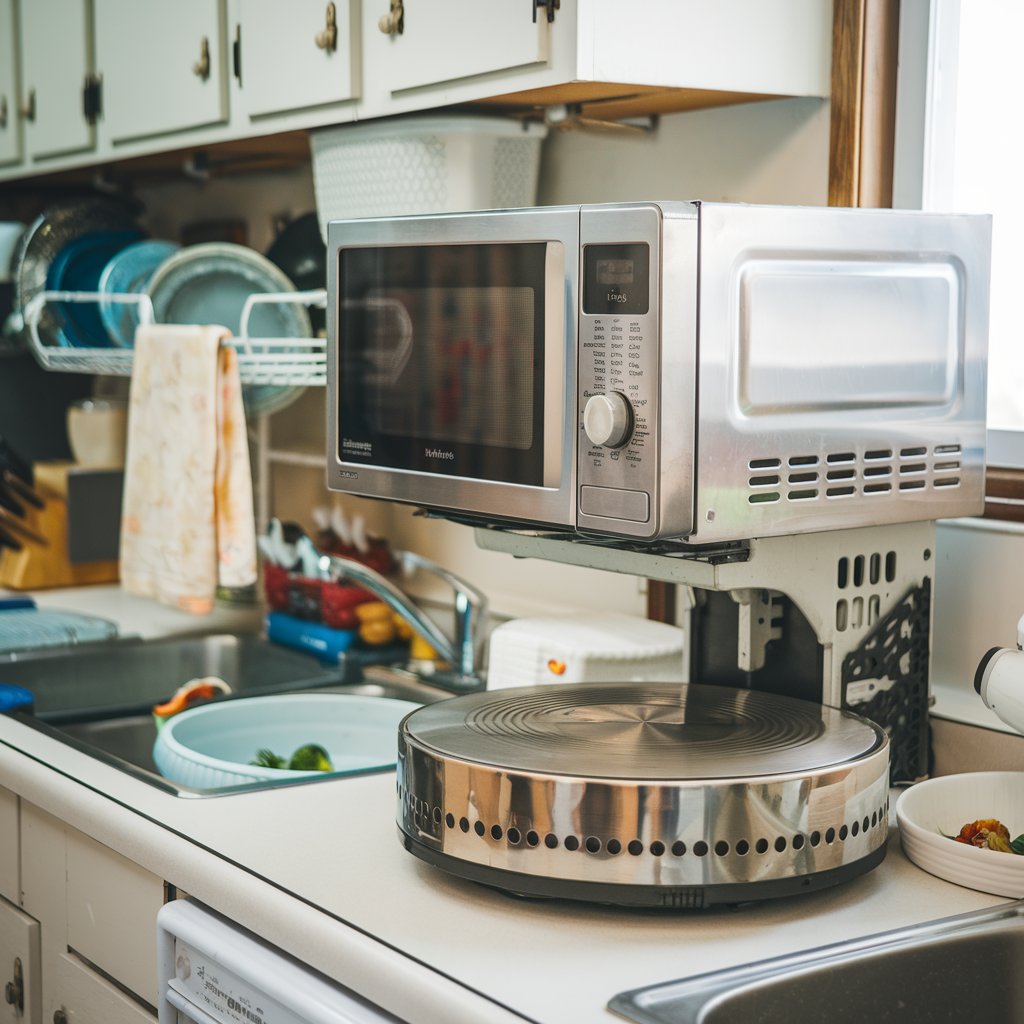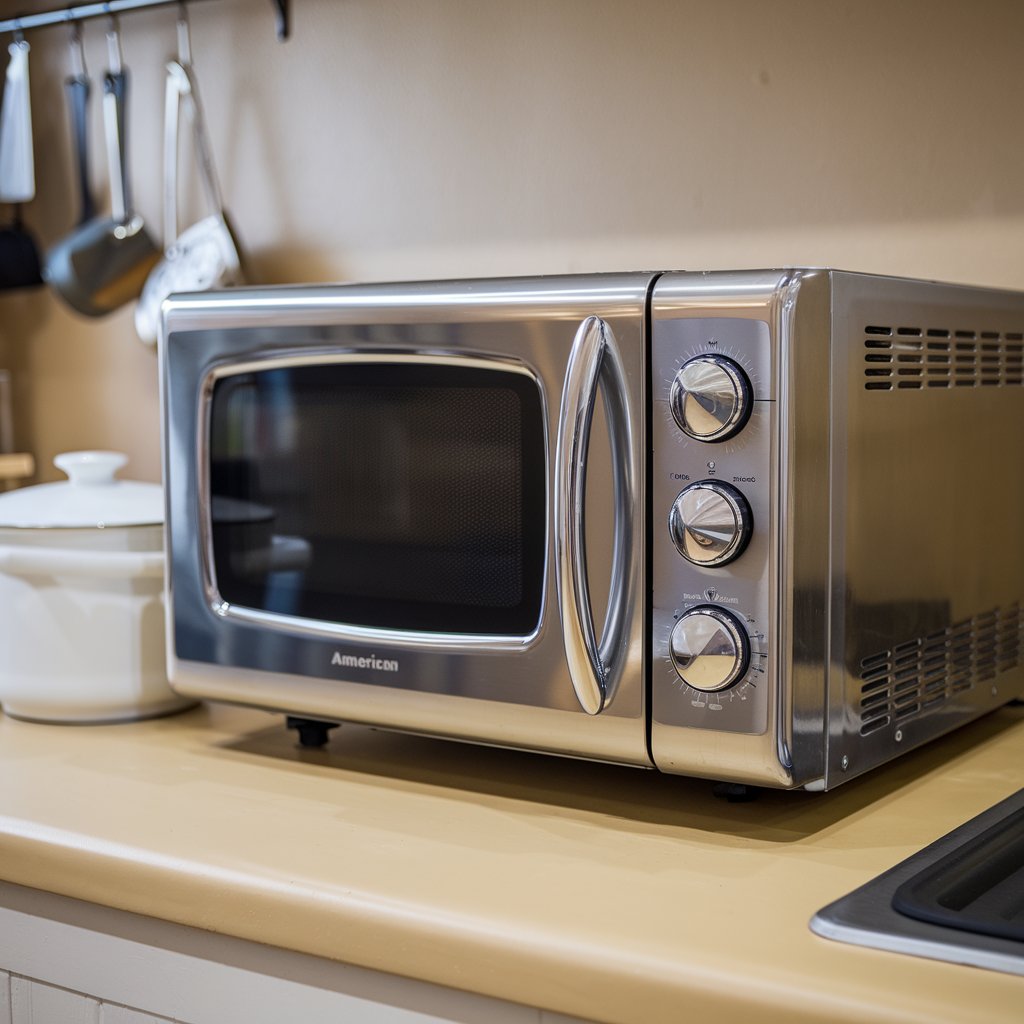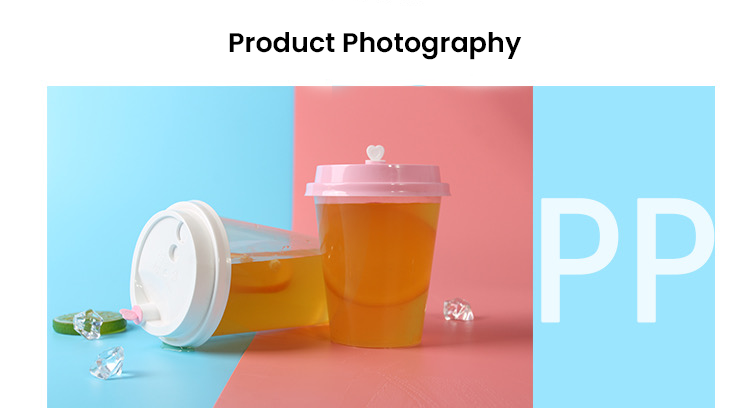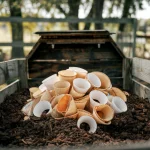Your cart is currently empty!

Ever wondered if the plastic cup in your hand is safe to heat up in the microwave? You’re in the right place! At TakeawayPack, we prioritize safety and convenience in the kitchen. So, let’s answer the question: Are plastic cups microwave-safe?
### **Key Takeaways**
- **Not All Plastics Are Microwave-Safe** – Some plastics can melt, warp, or release harmful chemicals like BPA when heated.
- **Polypropylene (PP) is the Safest Choice** – Look for the “5” label; PP can withstand microwave temperatures without releasing harmful substances.
- **Avoid Polycarbonate (PC) and Other Plastics** – PC may contain BPA, and other plastics like Tritan and PPSU can deform under heat.
- **Check the Lid and Cup Separately** – They may be made from different materials, and not all lids are microwave-safe.
- **Safer Alternatives Exist** – Use glass, ceramic, or a hot water bath instead of microwaving plastic cups.
- **Always Check Labels** – Only heat plastic cups explicitly marked as microwave-safe.
Why Some Plastic Cups Shouldn’t Be Microwaved Not all plastic cups are suitable for microwave use. Here’s why:
- Melting Point: Many plastics can melt or warp at high microwave temperatures. This not only damages the cup but also poses burn risks and potential microwave damage.
- Chemical Leaching: Certain plastics may release harmful chemicals like BPA into your food or drink when heated, posing serious health risks.
- Fire Hazard: Using non-microwave-safe plastic can lead to overheating and even fire hazards. Safety should always come first!
Microwave-Safe Plastic Cup Options Fortunately, some plastics are designed for microwave use:
- Polypropylene (PP): Marked with a “5,” PP is the safest plastic for microwaving. With a high melting point of 167°C, it’s commonly found in yogurt cups, microwave meal containers, and soy milk bottles.
- Polycarbonate (PC): Although PC can withstand temperatures from -40°C to 140°C, it may contain BPA, making it unsuitable for microwave use.
- Tritan: A newer, BPA-free material with a temperature resistance up to 100°C. While safer, it can still deform in the microwave and is best avoided.
- PPSU: Used in baby bottles due to its high heat resistance, but not recommended for microwave heating.

In summary, only polypropylene (PP) labeled “5” is truly safe for microwaving. Also, be sure to check if both the cup and its lid are microwave-safe, as they may be made from different materials.
Safer Alternatives to Microwaving Plastic Cups If you’re unsure about microwaving a plastic cup, consider these alternative heating methods:
- Glass or Ceramic Containers: These materials are microwave-safe and an excellent option for heating beverages.
- Stainless Steel Containers: While durable, not all stainless steel containers are microwave-safe. Ensure there are no metal components before microwaving.
- Hot Water Bath: Place the plastic cup in a bowl of hot water to gradually warm its contents without direct heat exposure.
Final Thoughts When in doubt, avoid microwaving plastic cups unless they are explicitly labeled microwave-safe. Opt for glass, ceramic, or designated microwave-safe plastic instead. With TakeawayPack, our packaging includes clear labels to ensure safe usage. So next time you need to heat up a drink, check the label and microwave with confidence!
Contact Us for FREE Desgin
All blog posts →
- Fresh & Functional: Paper Bag Designs That Make a Statement
- How to design your custom restaurant take out paper bags in 2025?
- Why Your Brand Needs to Use Branded Paper Bag Packaging
- Composting Paper Coffee Filters: A Sustainable Guide for Coffee Lovers & Businesses
- Sustainable Pizza Packaging: Can Greasy Pizza Boxes Be Recycled?

Latest Posts
- Fresh & Functional: Paper Bag Designs That Make a Statement
- How to design your custom restaurant take out paper bags in 2025?
- Why Your Brand Needs to Use Branded Paper Bag Packaging
- Composting Paper Coffee Filters: A Sustainable Guide for Coffee Lovers & Businesses
- Sustainable Pizza Packaging: Can Greasy Pizza Boxes Be Recycled?
Categories
Tags
90s jazz design branded paper cups custom coffee cups custom double wall paper coffee cups custom paper bag custom paper cups design cases design custom paper bag free design paper cups restaurant takeout paper bag
Subscribe for news, discounts, and more await!





